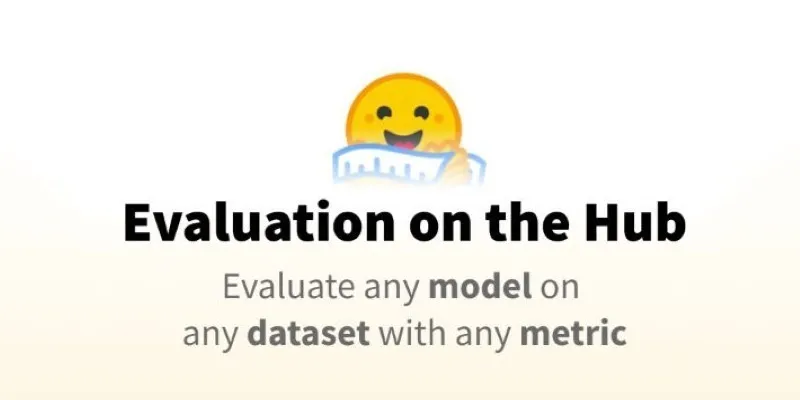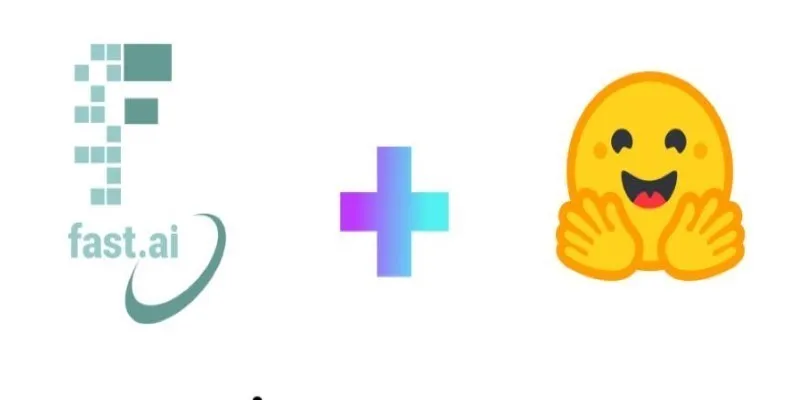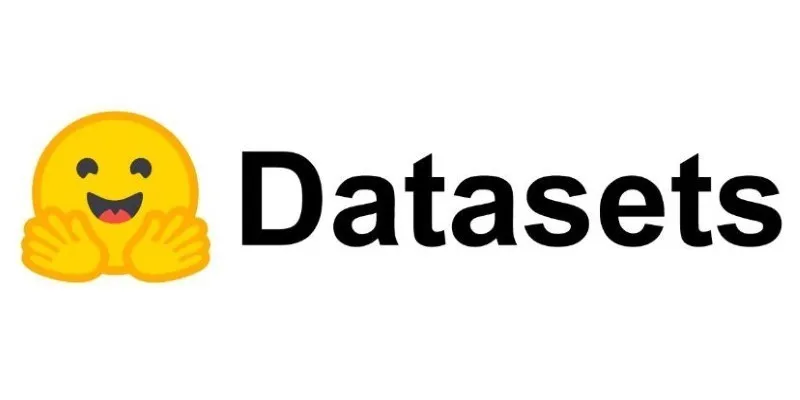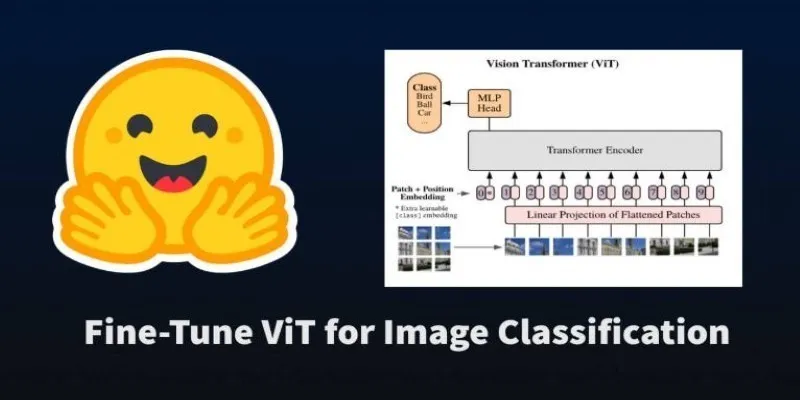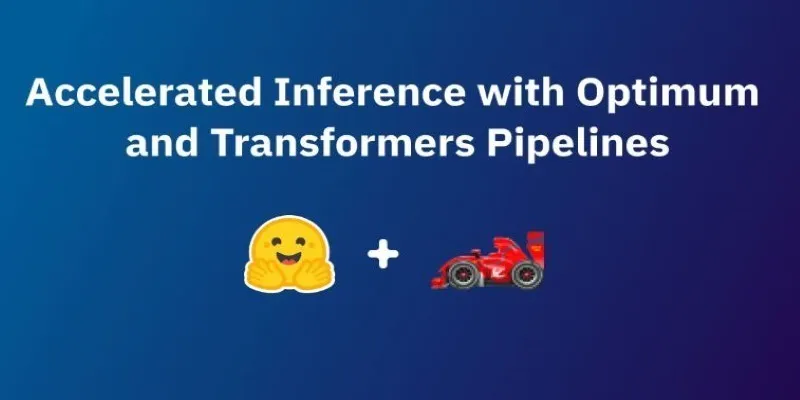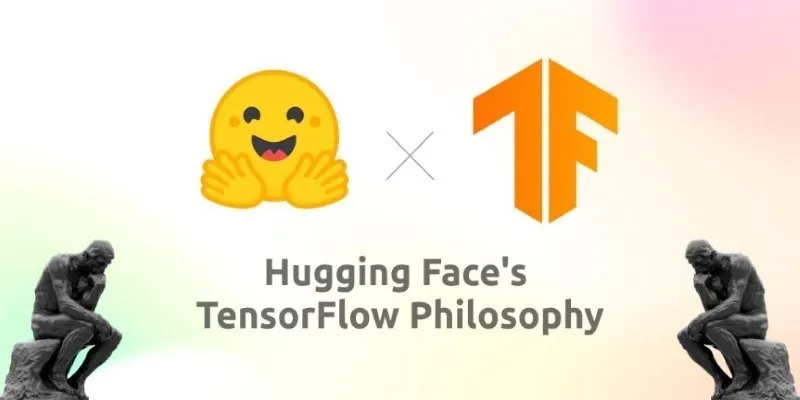The Hugging Face Hub has become a central hub for developers, researchers, and curious tinkerers working with machine learning models. Previously, finding the right model or dataset sometimes felt like searching through a crowded attic. Now, the Hub offers faster, more accurate search capabilities that better understand your intent.
This isn’t just about speed. The search experience has been completely revamped with smarter filtering, improved rankings, and a deeper understanding of user intent. Let’s explore what’s changed, why it matters, and how you can take advantage of these updates.
Evolution of Search on the Hugging Face Hub
Initially, the Hugging Face Hub featured a basic search function. Users would type in a keyword, and the system would display models or datasets with that keyword in their title or description. As the repository expanded, simple keyword matching no longer sufficed. For instance, searching for “translation English to French” might yield barely related results.

The new search system addresses this complexity. It evaluates results based on performance metrics, use cases, supported languages, and user interaction patterns. This is powered by natural language understanding, making search results feel more intuitive—even if your phrasing isn’t perfect.
Smarter Filtering and Sorting for Real Discovery
One of the most significant changes is the addition of precise filters that simplify your search. Need a PyTorch model for image classification in Spanish? Just select the appropriate filters. You can narrow down results by framework, task type, dataset, license, language, and even hardware compatibility (like mobile readiness). These filters help you transform an overwhelming ocean of models into a manageable pool of relevant options.
Sorting options have also improved. Instead of being limited to “most downloads” or “recently updated,” the Hub now includes relevance-based sorting that adapts to your query. Trending models are also highlighted, often better indicators of community interest than raw download counts.
Hugging Face employs a sophisticated relevance algorithm that combines user behavior, metadata quality, and semantic search to rank results. If a model is popular and performs well on benchmarks relevant to your query, it will likely appear early in your results, even if the title doesn’t exactly match your keywords.
Natural Language Search That Understands Context
A notable advancement is the ability to use full sentences or descriptive phrases in searches. For example, if you enter “model that summarizes long legal documents in English,” older search systems might only focus on “model” and “English,” returning generic NLP models. The new system recognizes your need for a summarization model specifically for long legal texts in English.

This improvement is thanks to embeddings—mathematical representations that capture the meaning of text rather than just matching words. This allows the search engine to understand that “legal document summarization” is closer in meaning to “contract summarizer” than to “text classification.”
This feature is especially beneficial for newcomers who may not know the exact terminology for their task. You can describe your needs in natural language, and the search will provide results that align closely with your requirements.
Moreover, multilingual support means you can search in different languages while maintaining the system’s understanding of your intent. This aligns with Hugging Face’s mission to make AI tools accessible across language barriers.
Search That Learns and Adapts
Hugging Face is committed to continuous improvement of the search system. It learns from user interactions, identifying patterns such as queries that lead to satisfied users and those that do not. This data is aggregated to refine the ranking algorithm, ensuring that results improve over time.
Improvements to metadata quality also enhance search performance. By promoting clear tags, structured task types, and consistent naming, Hugging Face encourages users to contribute to a more effective search experience. It’s a collaborative effort that benefits everyone.
Conclusion
The Hugging Face Hub’s search functionality has evolved from a passive tool into an intuitive guide. Whether you’re seeking a model that understands informal German, a dataset of historical texts, or a compact speech recognizer for mobile devices, the updated search tools direct you swiftly to the right resources. The experience now feels like a conversation, with results that match your intent rather than just your terms. With enhanced filters, natural language support, and smarter ranking, the Hugging Face model search is more responsive and relevant than ever, transforming the Hub into a user-centered discovery platform.
 zfn9
zfn9
